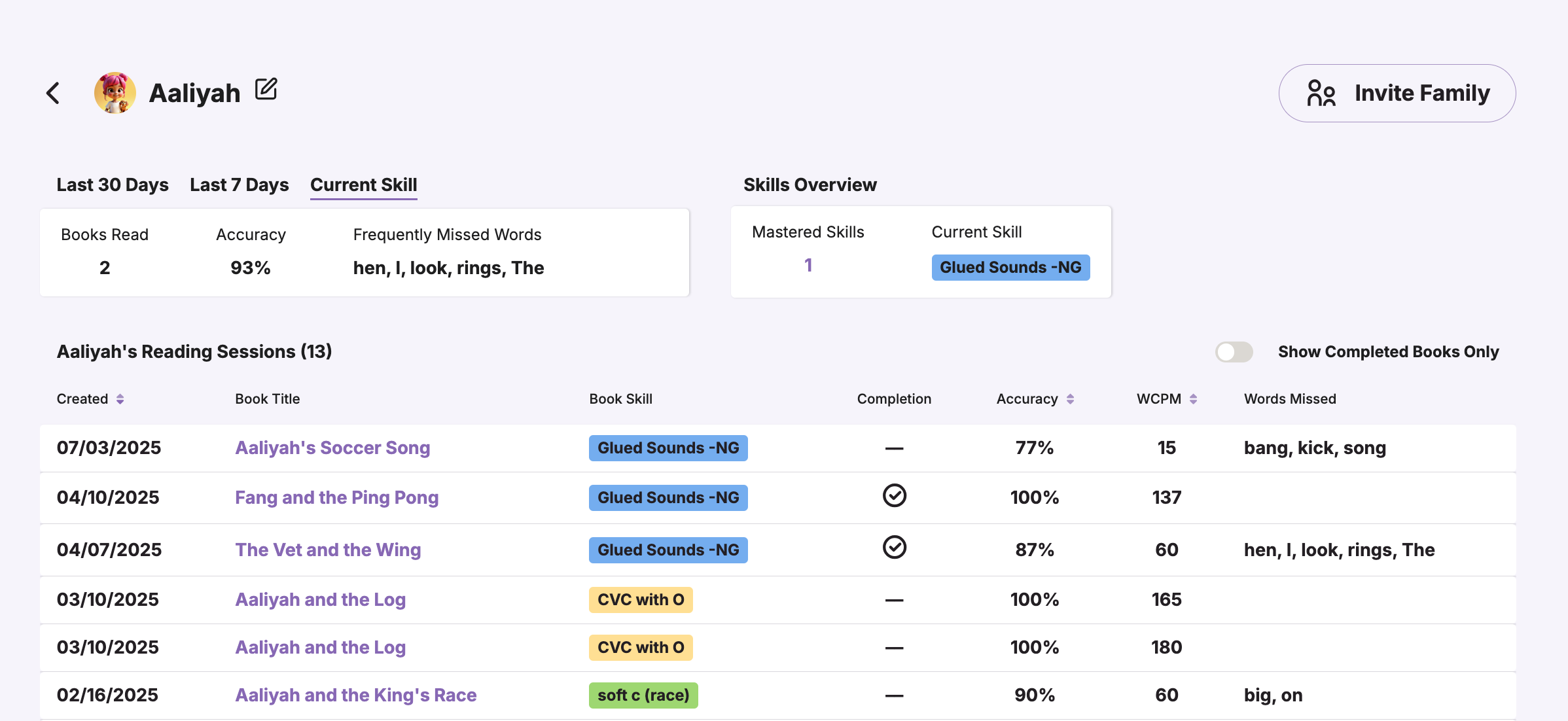In working with students who struggle with reading, I’ve noticed a pattern that comes up again and again: some can decode words accurately, but they skip over “small words” like a or the. Sometimes they swap them — for example, saying of instead of from, or a instead of the.
This isn’t talked about as often as decoding difficulties, but it can still have a big impact on reading accuracy and comprehension.
When students read, it can be surprisingly hard for them to notice these little slips. Often, they keep going as if nothing happened, because the sentence still sounds right in their head. Over the years, I’ve tried many different strategies to help them notice and read every word — using an index card to guide their eyes across the page, highlighter tape to make certain words stand out, and phrase-cued reading to slow them down and help them process each phrase. Any teacher who has spent time listening to students read probably knows exactly what I’m talking about. But here’s the tricky part — many students will actually change the endings of nearby words to make the sentence “work” without the missing a or the. That makes it even harder for them to notice they’ve made an error.
Why This Happens
This skipping or swapping of small words is incredibly common, even for students who are otherwise strong readers. It can happen for a few reasons:
- Small words are processed quickly. They often don’t carry as much meaning as bigger words, so students may skim past them.
- They can look similar to other words. Words like of and from share letters and shape, so students who glance instead of reading letter-by-letter may confuse them.
- The focus is on “big” words. If a sentence has a long or tricky word, a student’s mental energy might go there, letting the smaller words slip by.
- Automaticity isn’t fully developed. Skilled readers instantly recognize these high-frequency words; developing readers may not have them fully locked into memory yet.
Why It’s Hard to Correct
If a student doesn’t realize they’ve skipped or changed a word, they can’t fix it. Often, the sentence still sounds right to them, so they believe they read it correctly. Over time, this can affect comprehension, because even tiny word changes can shift meaning.
How ROYO Makes a Difference
This is where ROYO has surprised me in the best way. I use ROYO with my students all the time, but I’ve recently noticed it helping with these small-word skips in a way I hadn’t even thought about when I first started using it.
ROYO’s voice recognition technology listens as students read and flags every time they skip or swap a word — even those tiny ones. It’s immediate, clear feedback: the student sees exactly where they made the error, and they can go back and reread it correctly.
That simple feedback loop — see the miss, fix it right away — is powerful. Over time, I’ve watched my students start to catch themselves before making the skip. It’s one of those small, consistent improvements that leads to much stronger, more accurate reading.




